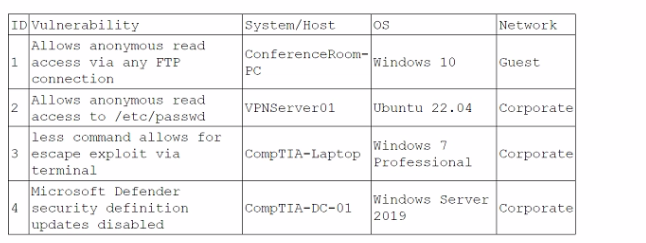An SLA (Service Level Agreement) is a contract or agreement between a service provider and a customer that defines the expected level of service, performance, quality, and availability of the service. An SLA also specifies the responsibilities, obligations, and penalties for both parties in case of non-compliance or breach of the agreement. An SLA can help organizations to ensure that their security services are delivered in a timely and effective manner, and that any security incidents or vulnerabilities are addressed and resolved within a specified time frame.An SLA can also help to establish clear communication, expectations, and accountability between the service provider and the customer12
An MOU (Memorandum of Understanding) is a document that expresses a mutual agreement or understanding between two or more parties on a common goal or objective. An MOU is not legally binding, but it can serve as a basis for future cooperation or collaboration. An MOU may not be suitable for requiring remediation of a known threat within a given time frame, as it does not have the same level of enforceability, specificity, or measurability as an SLA.
Best-effort patching is an informal and ad hoc approach to applying security patches or updates to systems or software. Best-effort patching does not follow any defined process, policy, or schedule, and relies on the availability and discretion of the system administrators or users. Best-effort patching may not be effective or efficient for requiring remediation of a known threat within a given time frame, as it does not guarantee that the patches are applied correctly, consistently, or promptly. Best-effort patching may also introduce new risks or vulnerabilities due to human error, compatibility issues, or lack of testing.
Organizational governance is the framework of rules, policies, procedures, and processes that guide and direct the activities and decisions of an organization. Organizational governance can help to establish the roles, responsibilities, and accountabilities of different stakeholders within the organization, as well as the goals, values, and principles that shape the organizational culture and behavior. Organizational governance can also help to ensure compliance with internal and external standards, regulations, and laws. Organizational governance may not be sufficient for requiring remediation of a known threat within a given time frame, as it does not specify the details or metrics of the service delivery or performance. Organizational governance may also vary depending on the size, structure, and nature of the organization.



